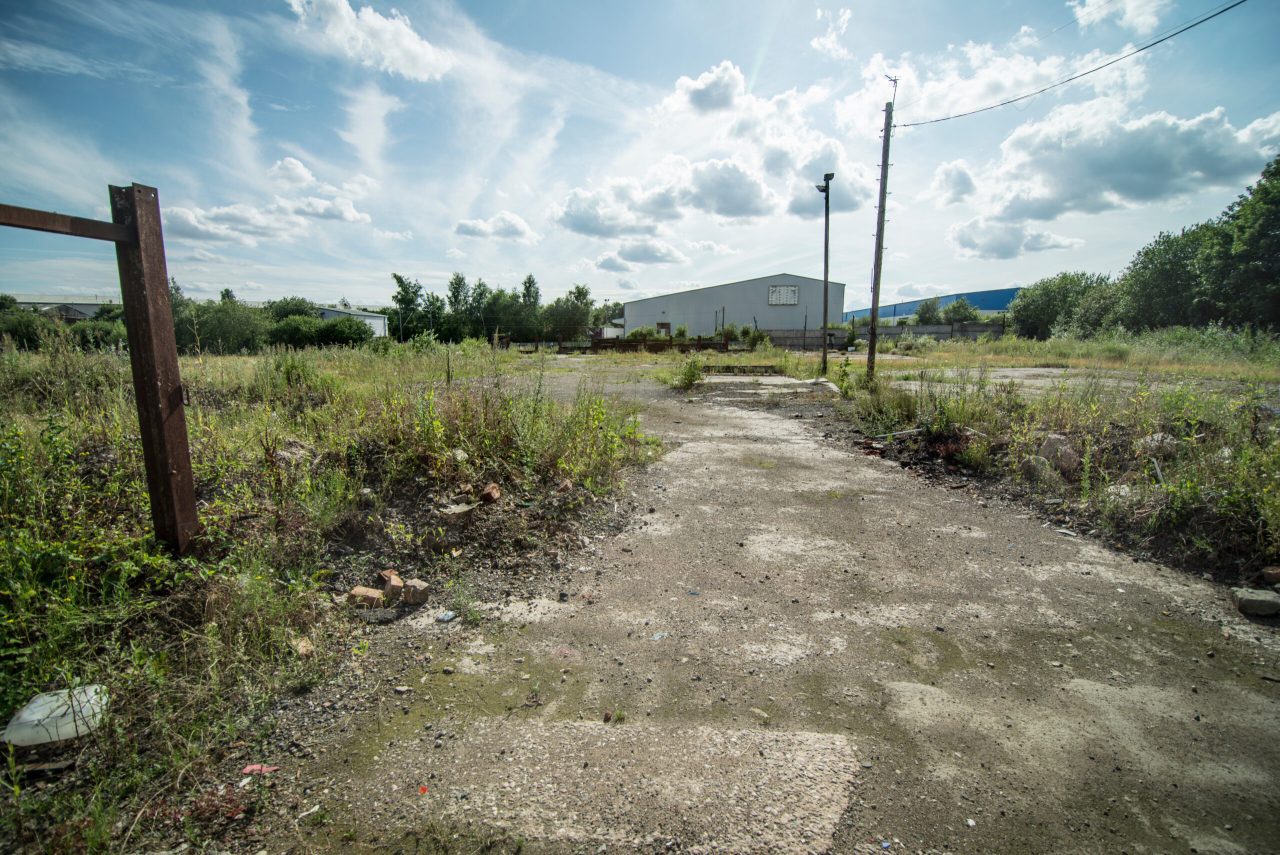Assessing Brownfield Sites

Assessing Brownfield Sites
A brownfield is a property, the expansion, redevelopment, or reuse of which may be complicated by the presence or potential presence of a hazardous substance, pollutant, or contaminant. It is estimated that there are more than 450,000 brownfields in the U.S.
Cleaning up and reinvesting in these properties increases local tax bases, facilitates job growth, utilizes existing infrastructure, takes development pressures off undeveloped, open land, and both improves and protects the environment
When a community has questions about whether a property is environmentally contaminated, a site assessment is needed. An assessment helps a community understand environmental conditions on the property and whether those conditions could be harmful to residents and workers. The site assessment process can include a Phase I Environmental Site Assessment, a Phase II Environmental Site Assessment and additional assessment activities.
PHASE I Environmental Site Assessment
The Phase I Environmental Site Assessment (ESA) uses existing information to help a community understand the property conditions by examining current and historical uses of the site and potential threats to human health or the environment. Environmental assessments must be completed or overseen by an environmental professional, which may include a licensed geologist, engineer or site professional. They will:
Review records. Examine past and current land uses through property photographs, maps and historical records.
Review government databases. Examine ownership and environmental records related to managing or disposing of hazardous substances and petroleum products.
Visually inspect the site. Visit the site and nearby properties to observe current conditions.
Interview owners, neighbors and past workers. Find out what they know about site operations involving wastes and chemicals.
If evidence of known or potential contamination is found at the property, further investigation (a Phase II Environmental Site Assessment or additional assessment) is needed.
If little to no evidence of potential contamination is found at the property, often the next step is to proceed with reuse or redevelopment
A Phase I Environmental Site Assessment also helps determine who is potentially liable for environmental contamination found on a property. Performing a Phase I Environmental Site Assessment prior to owning a property is often equivalent to conducting All Appropriate Inquiries (AAI), a necessary practice for obtaining liability protection under CERCLA for prior contamination. When a potential owner conducts AAI (in compliance with the regulations at 40 CFR 312) on a brownfield, he/she may have a defense to liability if contamination is later discovered.
Phase II Environmental Site Assessment
The Phase II ESA is recommended if the Phase I Environmental Site Assessment results reveal known or potential contamination found on the property, sometimes called recognized environmental conditions (RECs). An environmental professional develops a sampling plan to evaluate the potential presence of contamination from hazardous substances and petroleum on the property and determines the sources and exposures. Environmental professionals may also consult with state and tribal brownfield programs regarding required assessment activities. They will:
Identify chemicals of concern. Determine contaminants likely to be present in soils, groundwater or vacant structures based on property history.
Sample and test soil, groundwater and other media. Develop a sampling plan for the property. Collect and analyze samples to determine type and distribution of contaminants.
Further investigate areas of concern. Review results and target sampling to find localized hot spots (high-risk areas) and extent of contamination.
Develop plans for cleanup, if needed. Cleanup for reuse prevents and minimizes exposures. The plan considers layout of structures, open areas, slope of the property and contaminants.
If the contamination found at the property exceeds risk thresholds for the proposed reuse, consult with state or tribal response program staff to develop a cleanup plan. The plan uses assessment information to develop an analysis of brownfield cleanup alternatives that considers RECs. The selected cleanup approach should reduce risks and remain protective over time.
If little to no contamination that will impede property reuse is found, the next step is to consult with state or tribal response program staff before proceeding with reuse or redevelopment.
While a Phase II Environmental Site Assessment typically follows a Phase I Environmental Site Assessment, the site assessment process is not always linear. If redevelopment plans change or more than 180 days have passed since the Environmental Site Assessment, additional assessment may be needed. In some cases, an updated Phase I or Phase II Environmental Site Assessment may be needed. Additional assessment gives confidence to the community and investors and ensures a safe reuse.
For more environmental information, contact INSURICA today.



